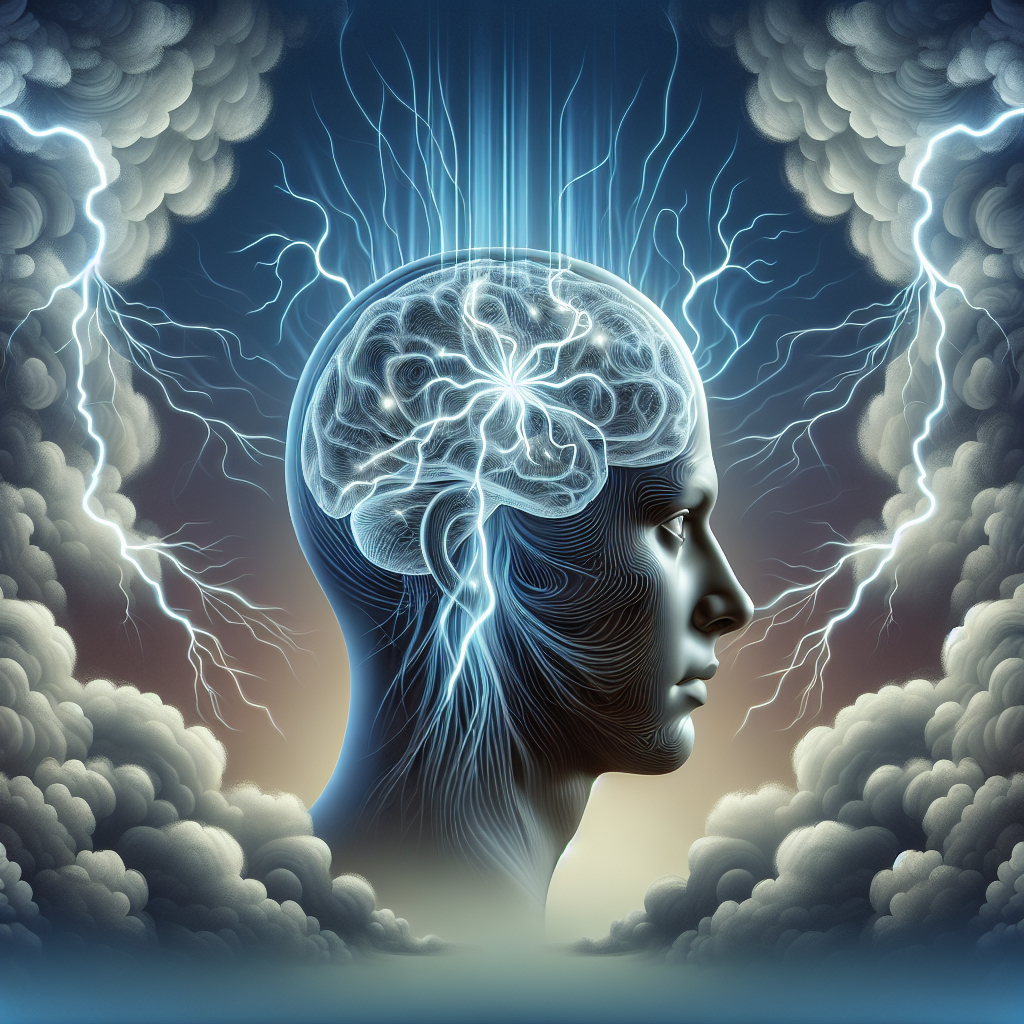Understanding Panic Attacks
When discussing What Happens to Your Brain During a Panic Attack, it’s crucial to comprehend the intense, overwhelming burst of fear that typifies this condition. A panic attack can strike suddenly, bringing severe physical and psychological symptoms that can include heart palpitations, shortness of breath, dizziness, and an uncontrollable fear of disaster or losing control even when there is no real danger.
Neurological Events During a Panic Attack
The central player in the scenario of a panic attack is the brain. According to the National Institute of Mental Health, a panic attack activates the amygdala, the part of the brain responsible for perceived fear, which sets off an alarm system in the brain. This leads to an acute stress response that prepares the body to either fight or flee.
Neurotransmitters play a pivotal role here. The brain releases neurotransmitters, including adrenaline and cortisol, which significantly increase the body’s energy and alertness as a survival mechanism. This cascade effect can unfortunately lead to the physical symptoms experienced during a panic attack.
The Role of the Prefrontal Cortex
The prefrontal cortex, which governs thinking and planning, typically gets overpowered by the flood of stress hormones. This is why during a panic attack, individuals may find it difficult to think clearly or feel detached from reality. The overwhelming fear prevents the prefrontal cortex from effectively regulating emotions, leading to the uncontrollable anxiety characteristic of these episodes.
Long-Term Effects on the Brain
Frequent panic attacks can alter brain function over time. Research highlights changes in the brain’s neural pathways that can lead to increased sensitivity to future stress. Sustained high levels of cortisol can damage certain areas of the brain, including reducing the size of the hippocampus, which is crucial for memory and emotional regulation.
Managing and Mitigating the Effects
Understanding what happens in the brain during a panic attack is pivotal for developing effective treatment strategies. Techniques such as cognitive behavioral therapy (CBT) have shown efficacy in helping individuals re-train their brain to respond differently to the triggers of panic attacks. Medications, such as antidepressants and anti-anxiety drugs, can also help manage symptoms by balancing neurotransmitters in the brain.
For those interested in learning more about the intricate relationship between mental health and physiological responses, the article Exploring the Connection: How Gut Health Influences Mental Wellness offers additional insights into how bodily health impacts mental states.
In conclusion, while the immediate effects of a panic attack are predominantly negative, understanding and treatment can mitigate these impacts. Recognizing the signs early and seeking appropriate treatment can help manage the symptoms and reduce the frequency of attacks, leading to better mental health and quality of life.


